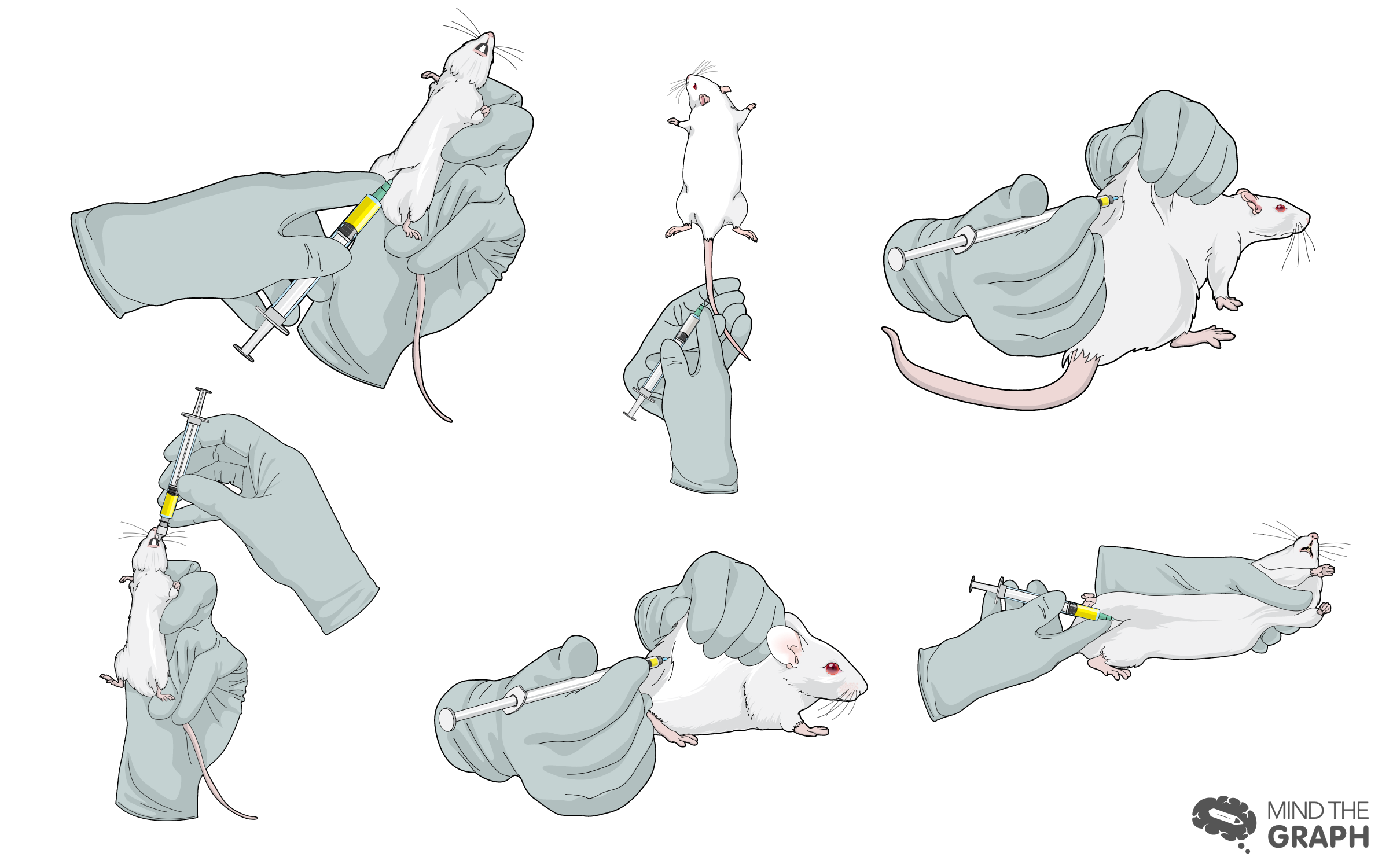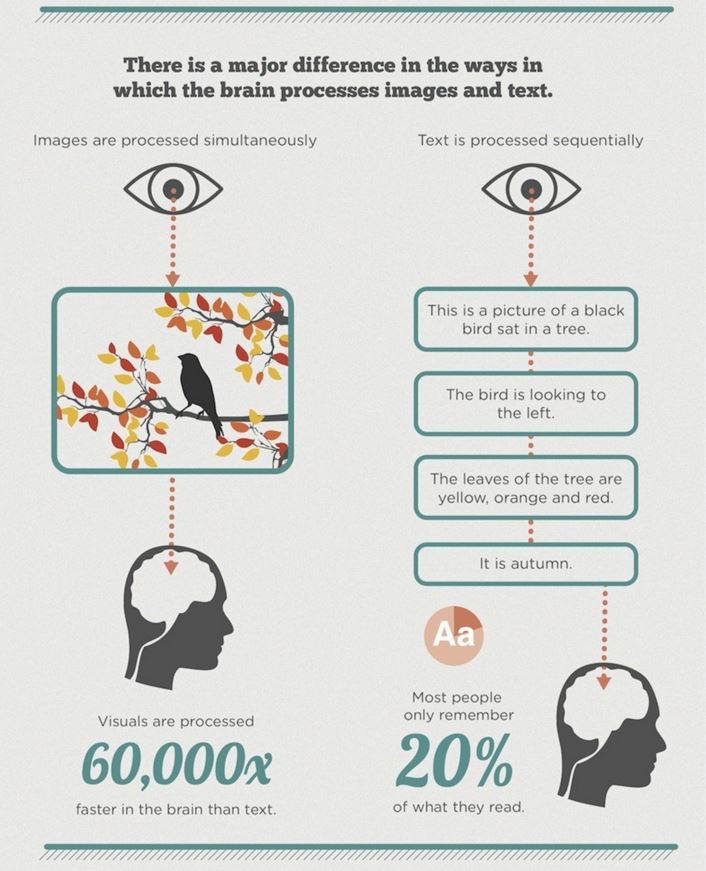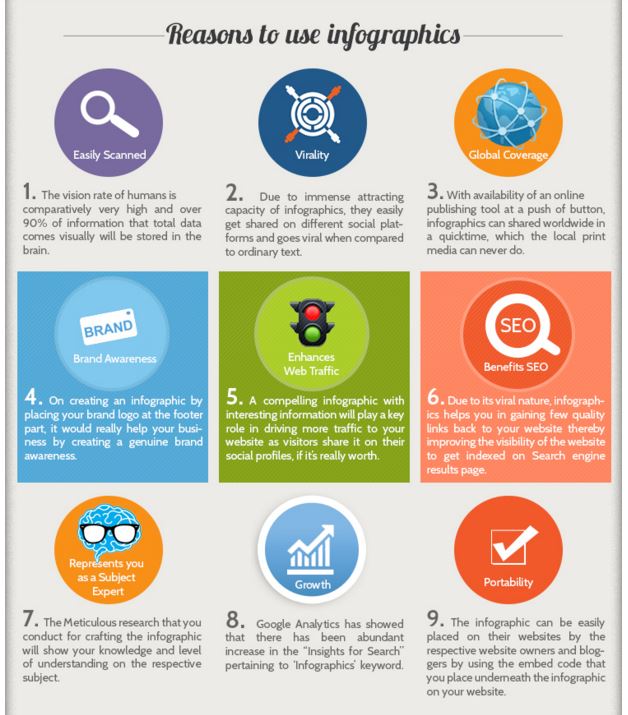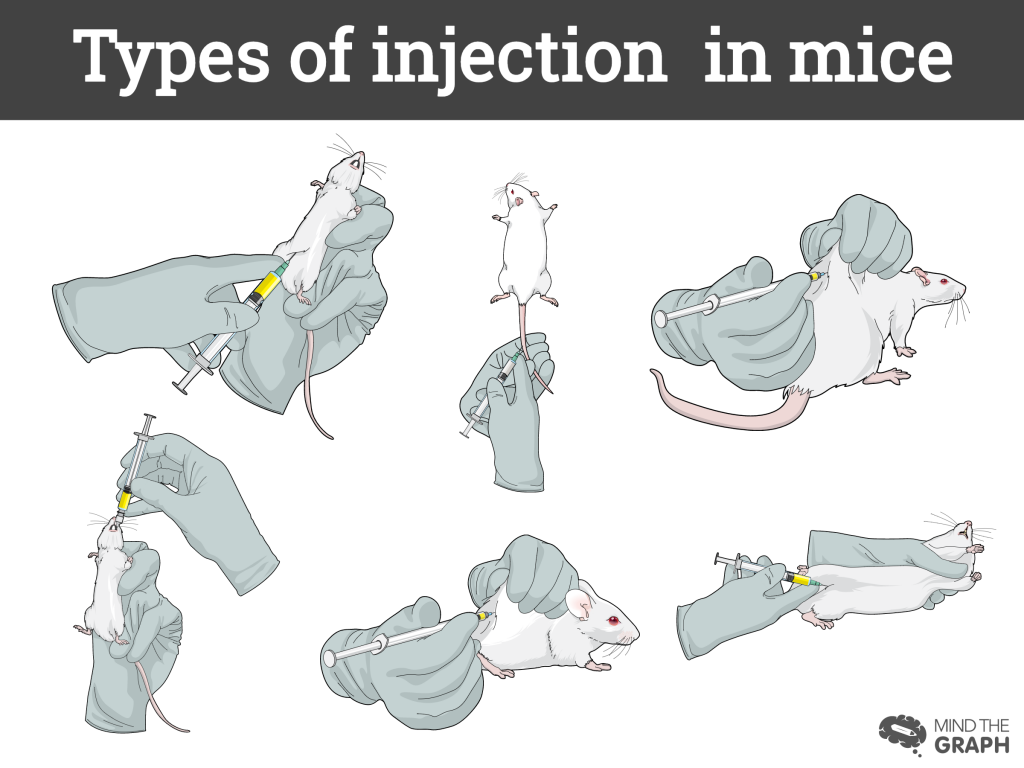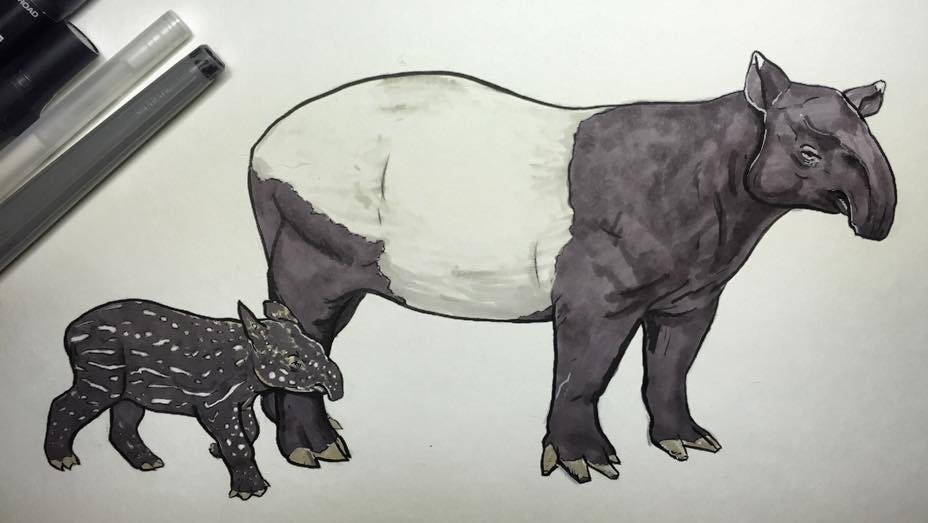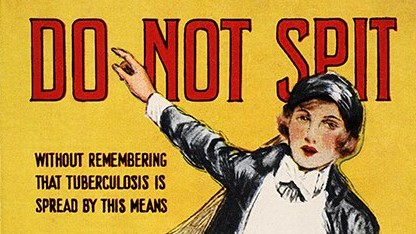Hver dag overøses vi med informasjon i alle formater. Det har aldri vært enklere å holde seg oppdatert. Men det har heller aldri vært vanskeligere å skille seg ut fra mengden.
Med den mengden informasjon vi eksponeres for, hvordan fanger du noens oppmerksomhet?
Talking about information attractiveness, 87% of people feel more attracted to read texts that are harmoniously arranged with figures (also known as infographs).
Why? Simply because 90% of all information transmitted to our brain is visual.
You don’t believe me? Check out this infographic below:
Hvis du ikke er overbevist om at du bør begynne å bruke infografikk med en gang, får du her et par argumenter til:
The same idea can be applied to the scientific world. How much time do we waste trying to explain in words something that would be better explained using images?
All of us had to write about our research methods for a paper or a project. Despite all our efforts to be as detailed and didactic as possible, other people still may find it confusing. This is the perfect scenario in which we could use images to help visualizing our research.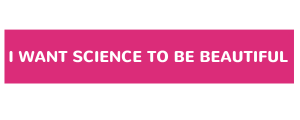 A simple example can be the use of mice in science. One of the basic procedures is the injection in mice. How would you describe in a professional and simple way the procedures of injection techiques without making it sound repetitive?
A simple example can be the use of mice in science. One of the basic procedures is the injection in mice. How would you describe in a professional and simple way the procedures of injection techiques without making it sound repetitive?
I stedet for å forklare trinn for trinn, hva med å vise det?
The communication gap we have in science can be a huge problem if we ignore it. Thus, using different approaches to explain your work, not only helps other people in understanding, but also guarantees arbeidet ditt vil bli husket.

Abonner på nyhetsbrevet vårt
Eksklusivt innhold av høy kvalitet om effektiv visuell
kommunikasjon innen vitenskap.

